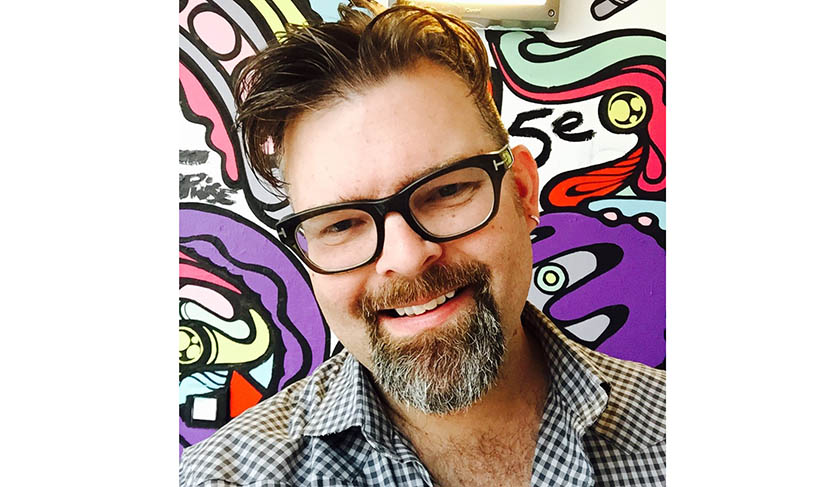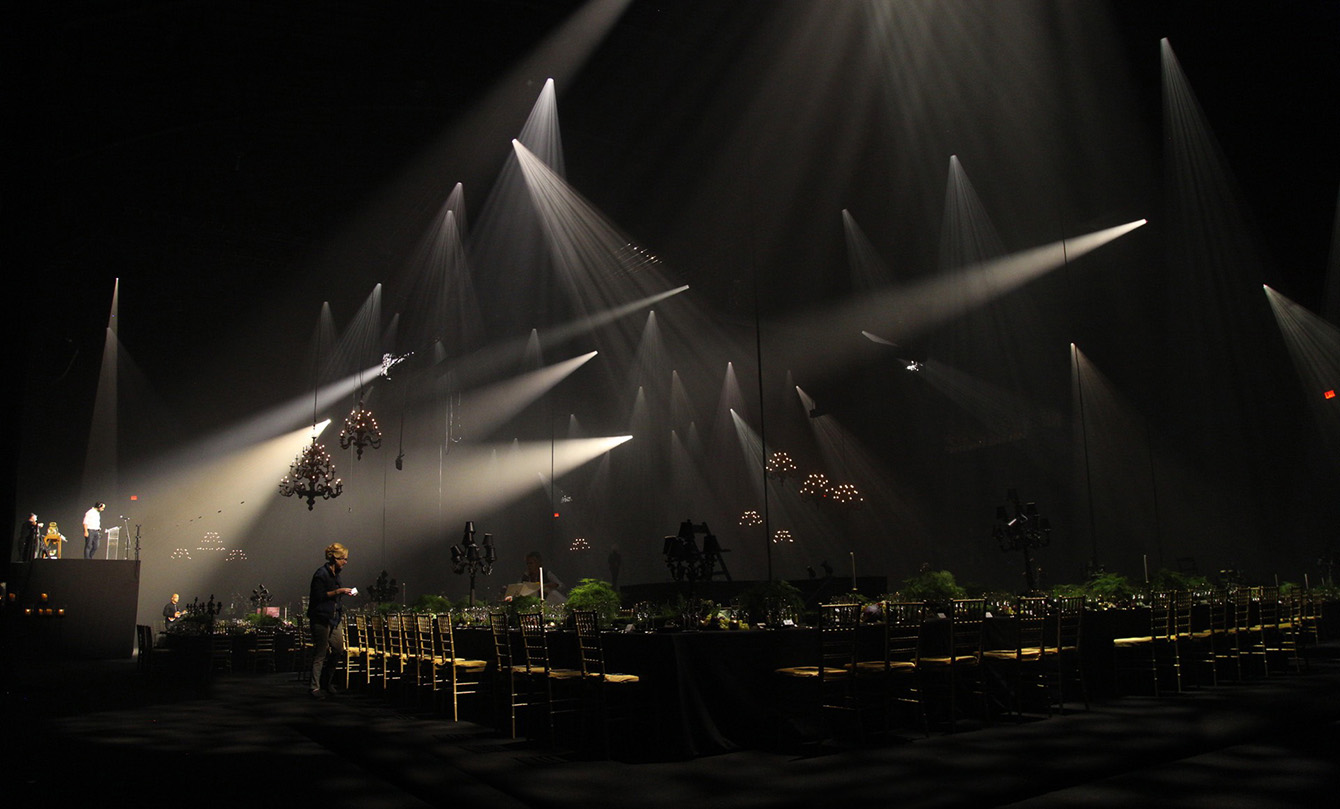Al Crawford has spent 22 years working as the lighting director at the world-renowned Alvin Ailey American Dance Theater. He has designed lighting in nearly every major opera house and theatre around the world. Upon creating Arc3design firm, he and his team have designed lighting for permanent architecture, broadcast TV, award shows, cruise ships, and projects worldwide. He was also named the 2018 Winner of the ETC Award for Dance at the Knight of Illumination USA Awards. City Theatrical interviewed Al Crawford to find out more about how he got started in the business, what his typical workday is like, and what he sees for the future of lighting.
City Theatrical, Inc.: How did you get started in the world of lighting design?
Al Crawford: My family was always involved in the arts. My father is an award-winning jazz musician and composer, and I toured with him throughout my childhood. I grew up always witnessing theatrics, and as I got older, I got involved in the performing and fine arts. I attended the Interlochen Center for the Arts for high school, and experienced so many forms of artistic expression. I eventually had to choose one form of art, and light allowed me to remain involved in and passionate about music, dance, opera, theatre. I studied lighting at the University of North Carolina School of the Arts, and remained involved in many genres of art. Then I came to New York and fell in love with lighting for dance.

CTI: What was your first experience in a theatre like?
AC: My first experience was more of a night club than a theatre. It was called The Underground, located in Raleigh, North Carolina. It was a club with live music, often punk rock, but would play jazz a couple nights a week. I remember watching my dad play piano there, but there was also light and sound and pyrotechnics. It helped me understand that “light” is literally another instrument – it just doesn’t make sound. Light has rhythm, timber, brightness, and layers. For me, the concepts between lighting design and music have always been very tight because of these early experiences.
CTI: What’s your typical day like?
AC: Usually insane. In the last three weeks, for example, I’ve been to four countries and eight states, and touched many active projects. I’m lucky to have an amazing team that helps me move and move fast. They’ve all been with me for a long time, and we have an aligned vocabulary. We now share projects together and work with clients in a way that’s seamless.
CTI: What drives you to work on so many projects at a time?
AC: How amazing is it to do what we do? I’ve been given some level of talent, and I’ve tried to harness that for good. I enjoy working with people in the arts so much – it’s part of my DNA – and I love working in many genres. Some lighting designers prefer to focus on just theatre, or just opera, whereas I enjoy jumping around, working on architecture, dance, other creative projects that inspire me.
CTI: What influences your designs?
AC: I would say art in general. Fine art is something I’ve connected to from the very beginning. I was visual art-focused before I was a lighting designer, so that speaks to me a lot. I appreciate the work of fine artists working in the lighting space, like James Turrell and Olafur Eliasson. Although I don’t often get to work with light as a piece of fine art on its own, it’s on my radar, with a few new projects in development.

CTI: What is the most interesting project you’re working on, or have worked on?
AC: One project that I’m super excited about is a ballet called The Snow Queen at Tivoli Gardens in Copenhagen, Denmark. The show was created to celebrate the 175th anniversary of Tivoli Gardens, which is the oldest theme park in the world. It is truly a magical place to work. And, I’m fortunate enough to be working with Queen Margrethe II of Denmark, who is designing the set and the costumes for the production.
CTI: What are some of the challenges you face in our world of high tech lighting?
AC: My number one challenge is maintaining “grace.” We’ve come from a place where light had grace – the ability to breathe, fade, and illuminate in a beautiful way that had true emotional context. It had heat, it had fire, it came from a place of creation. That was in so many ways why I thought light was so powerful.
Today, we’re trying to create, mimic, trick our eye into thinking the light is the same. Our move away from tungsten and incandescent light into this world of LEDs is a transition that makes our everyday work incredibly challenging. We are constantly working to make things beautiful without having them feel technical.
CTI: What is your ideal future of lighting?
AC: I think we should hang on to some of the concepts of why we started doing lighting design – storytelling and supporting other artists. I know that we’re in an upswing that’s technology driven, but arts in general will eventually take a swing back towards more depth and less facade, in a direction that’s good for humanity.